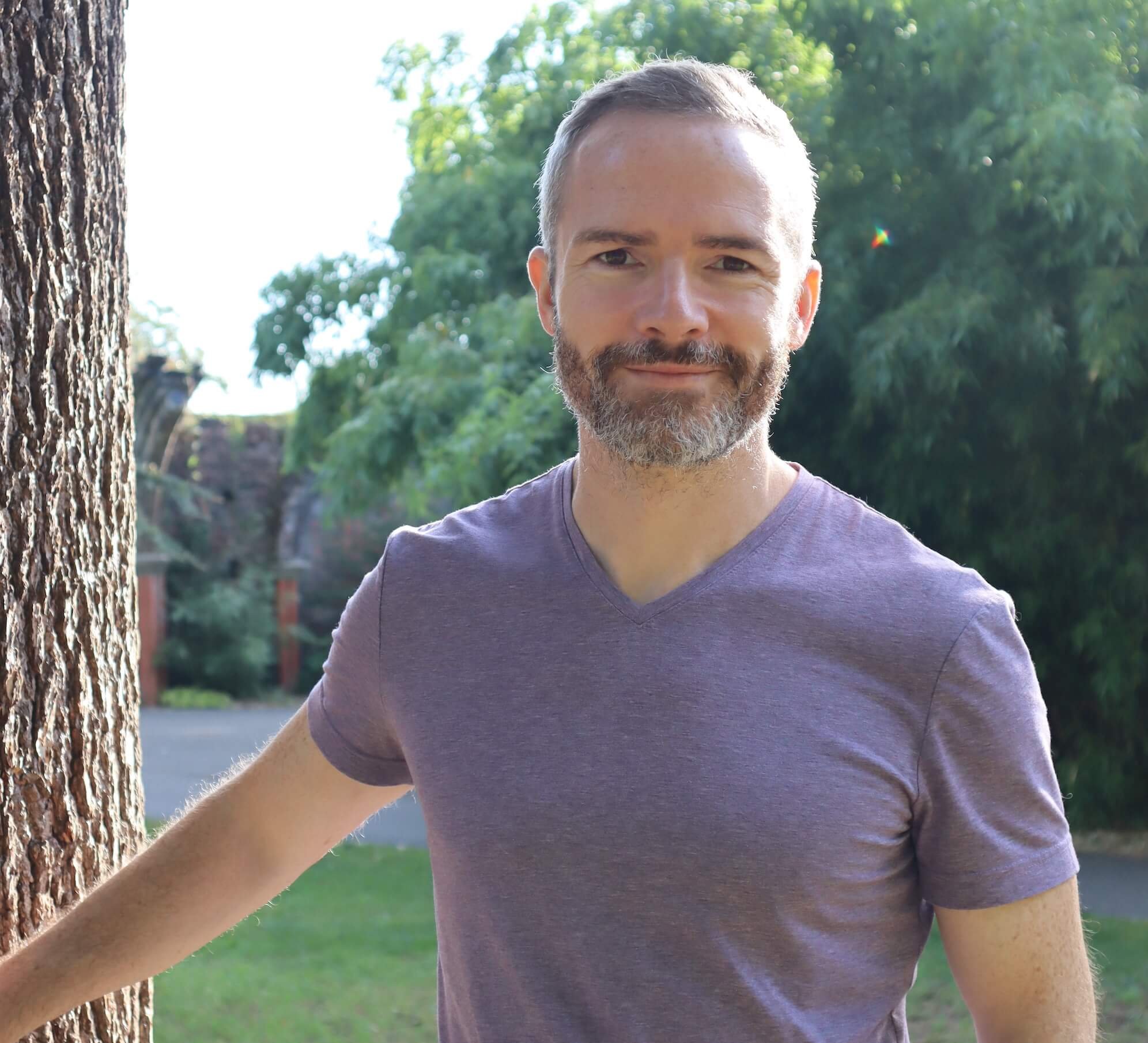The 3 Stages of Stress
We are increasingly aware that Stress is at the heart of many of our physical, mental and emotional health problems.
Burnout, and the chronic stress which causes this, hits the headlines on repeat.
And the fallout for individuals and organisations, is there for all to see - with 44% globally experiencing workplace stress according to Gallup’s “State of the Global Workplace: 2022 Report”. The impact of stress on performance is also widely shared.
We’d be forgiven for thinking our knowledge is fairly recent! Especially since the World Health Organisation only recognised Burnout as an occupational phenomenon in 2019:
“Burn-out is a syndrome conceptualized as resulting from chronic workplace stress that has not been successfully managed.”
And yet, we’ve had quite a sophisticated understanding of stress for many years. In fact, we need to go back almost 90 years to when Hans Seyle (Researcher and Endocrinologist) first proposed “The General Adaptation Syndrome (GAS model)”
So, I’ve adapted the 3 stages of the model into this quick guide:
(If re-sharing, please tag / reference Waking Waves keeping visual intact)
The model explains the human body’s response to stress in 3 stages:
Alarm
Resistance
Exhaustion
Alarm is when we perceive a threat and the body activates fight, flight or freeze to prepare for the stressor.
Resistance is when our body attempts to cope or adapt to the stressor, bringing it back into homeostasis, our natural state of balance.
Exhaustion happens when the stressor persists and our resources are too depleted to cope with the demands. This leads to physical, mental and emotional health problems.
However, being 90 years old there has been criticism and significant developments in research since! This has included new proposed stages, research on individual differences, stress tolerance, as well as mental and emotional factors.
But it’s still very much in use to this day. And no doubt familiar to those learning about stress or helping their teams and colleagues manage stress, or avoid burnout.
Criticism and research development
- GAS has a limited focus on ‘individual’ differences and is primarily physiologically focused. And little differentiation between types of stressors (acute, chronic, physical and psychological). The allostatic load model arrived much later which talks about the cumulative effects of stress and individual stress tolerance. Also exploration of cognitive and emotional factors in stress responses. Alongside additional proposed stages of stress.McEwen and Stellar's Allostatic Load Theory (1993)
Lazarus and Folkman's Transactional Model of Stress and Coping (1984)
Segerstrom and Miller's Optimistic Bias and Stress (2004)
Epel et al.'s Telomeres and Chronic Stress (2004)
If you are looking for ways to mindfully manage your stress, unlock your free course below,
Wishing you a wonderful day,
Derek
Waking Waves
📧 hello@wakingwaves.com
☎️ book call to discuss courses or coaching






75 page glossy magazine illustrating creative and educational mindfulness and stress management infographics, with special access to hours of premium video, audio courses, guided mediations and a wellbeing resource centre
🎨 52 x downloadable infographics
🎥 20 x animated guides and videos
🎧 3 x premium audio courses (6+ hours)
👩💻 2 x Mindful Stress Management courses
🧰 1 x Wellbeing resource centre